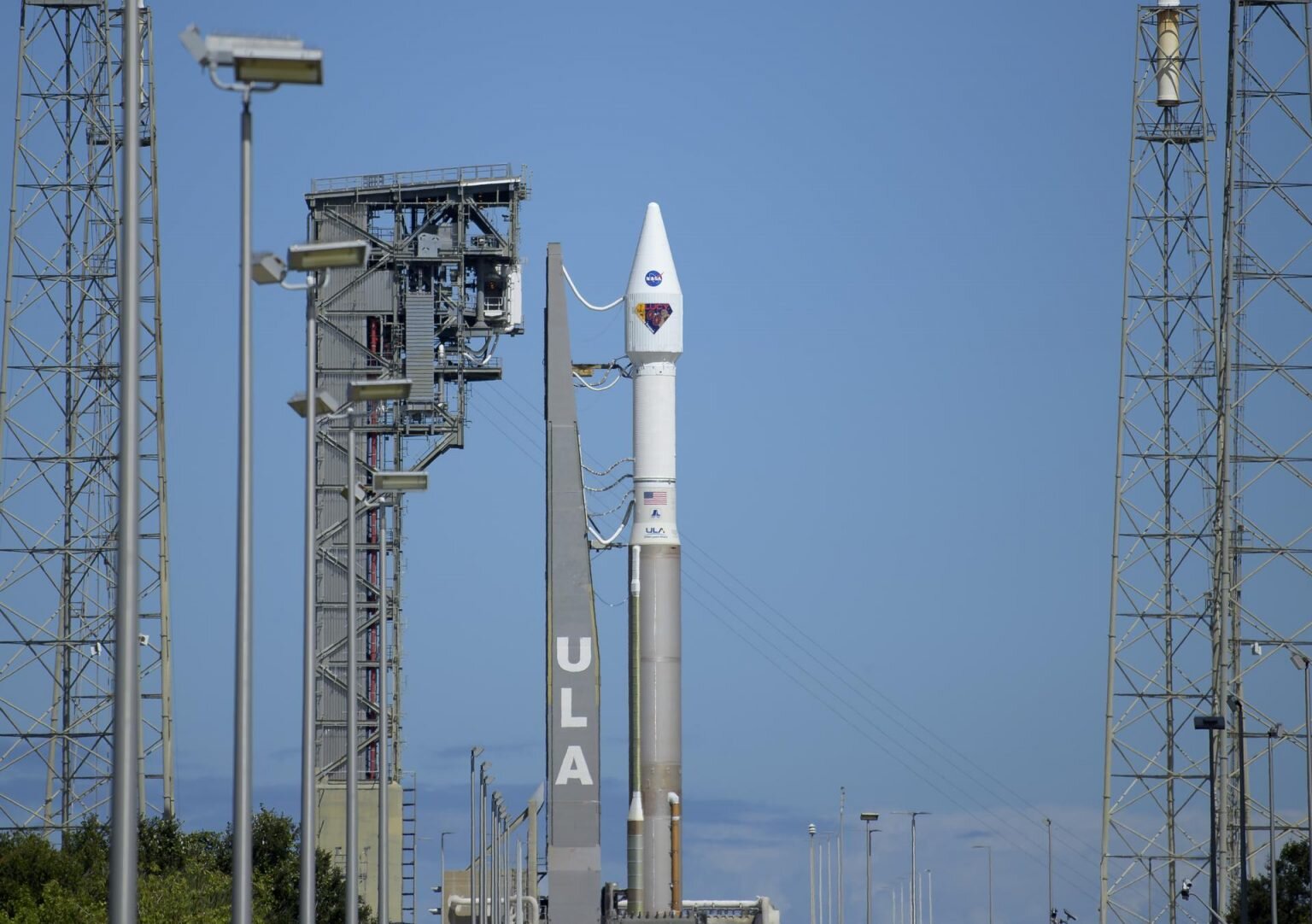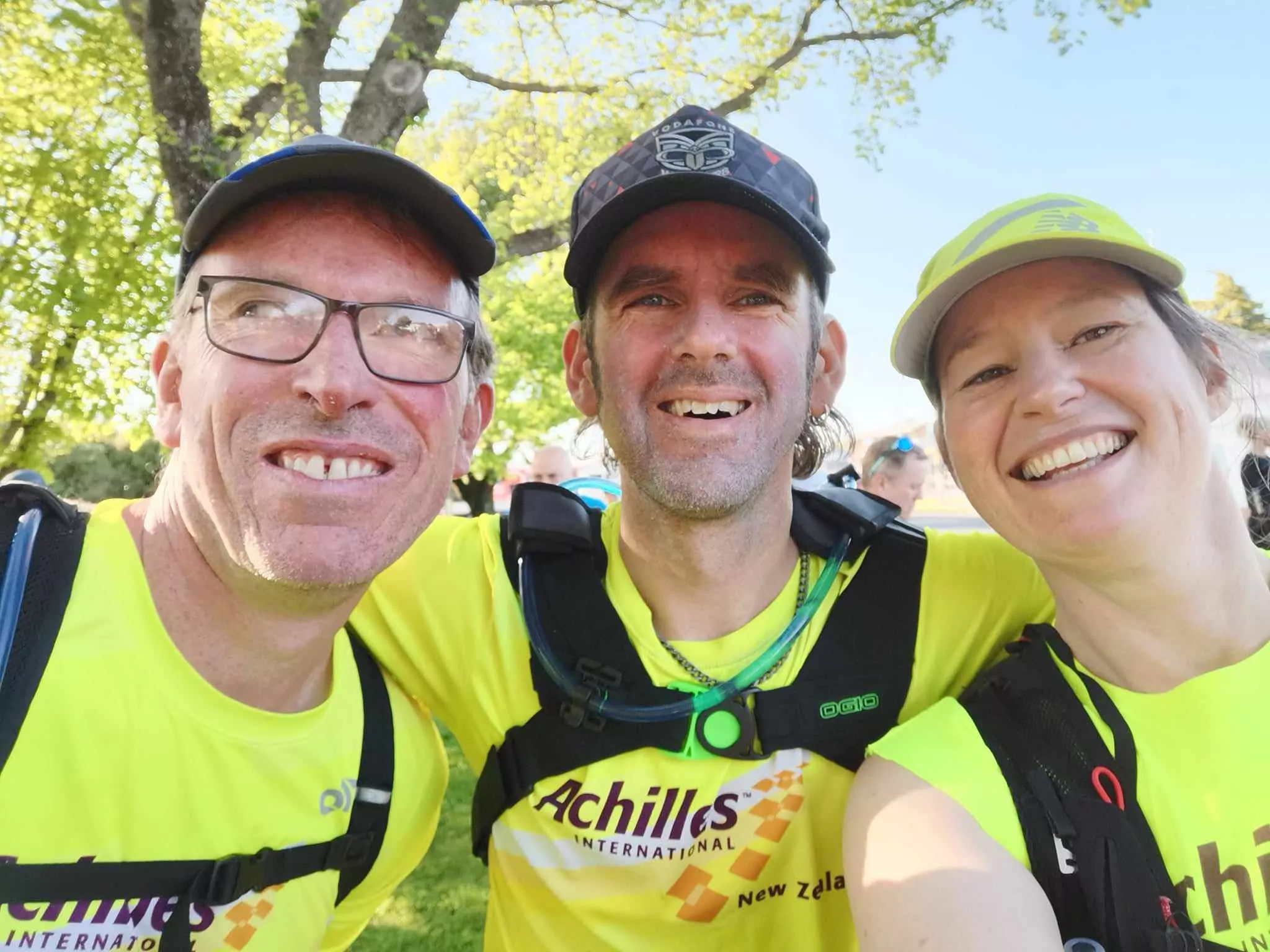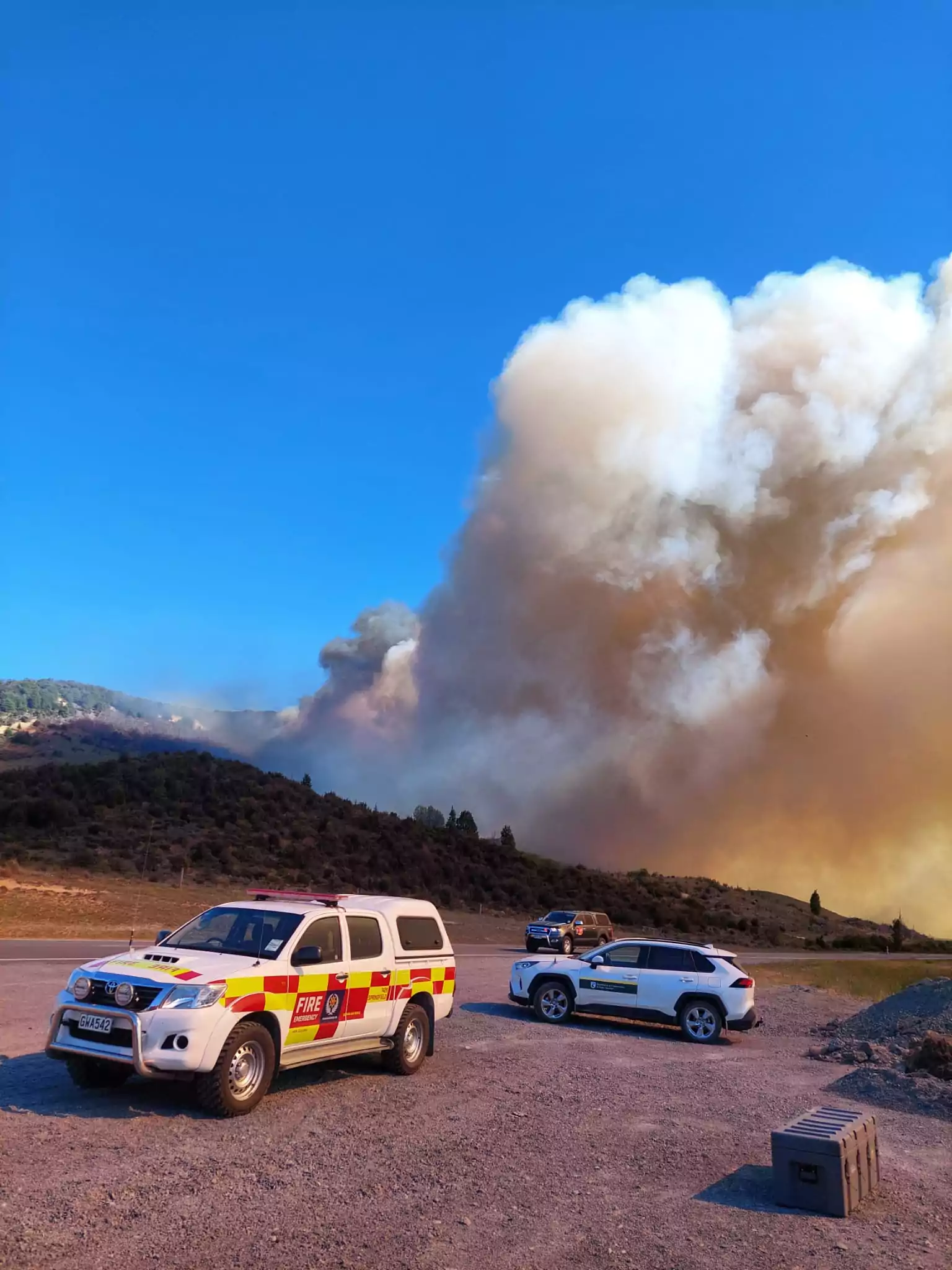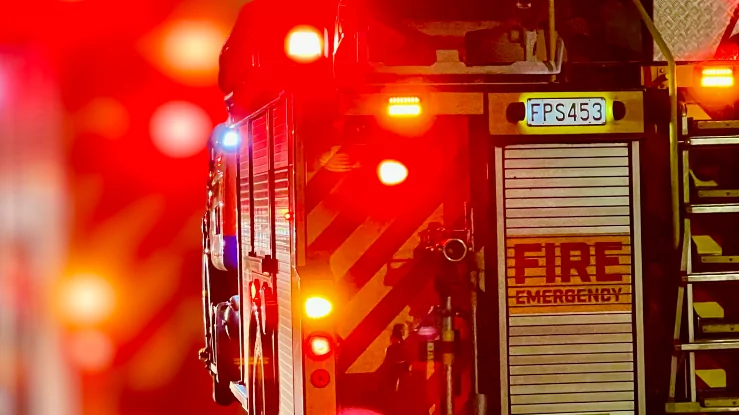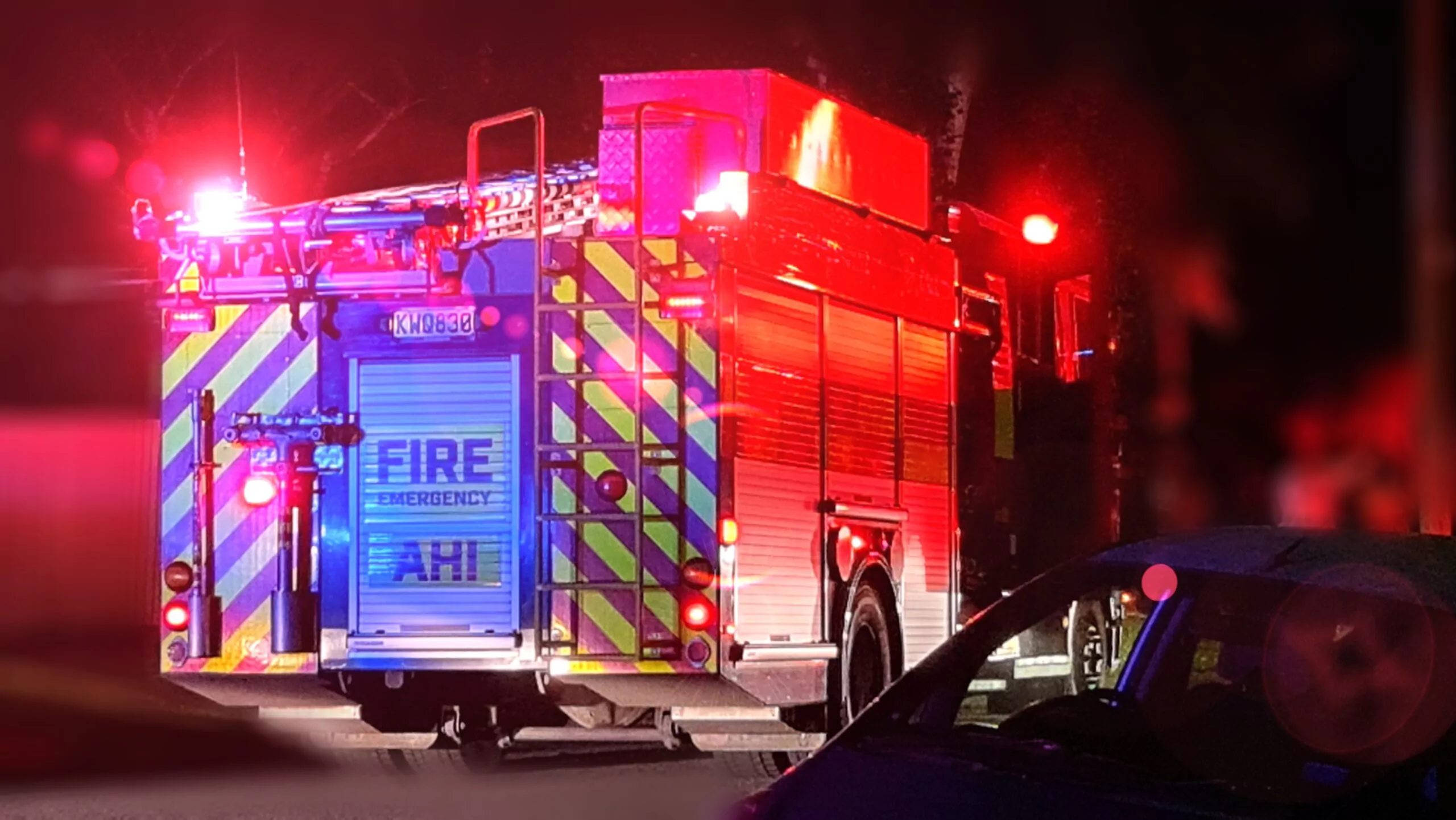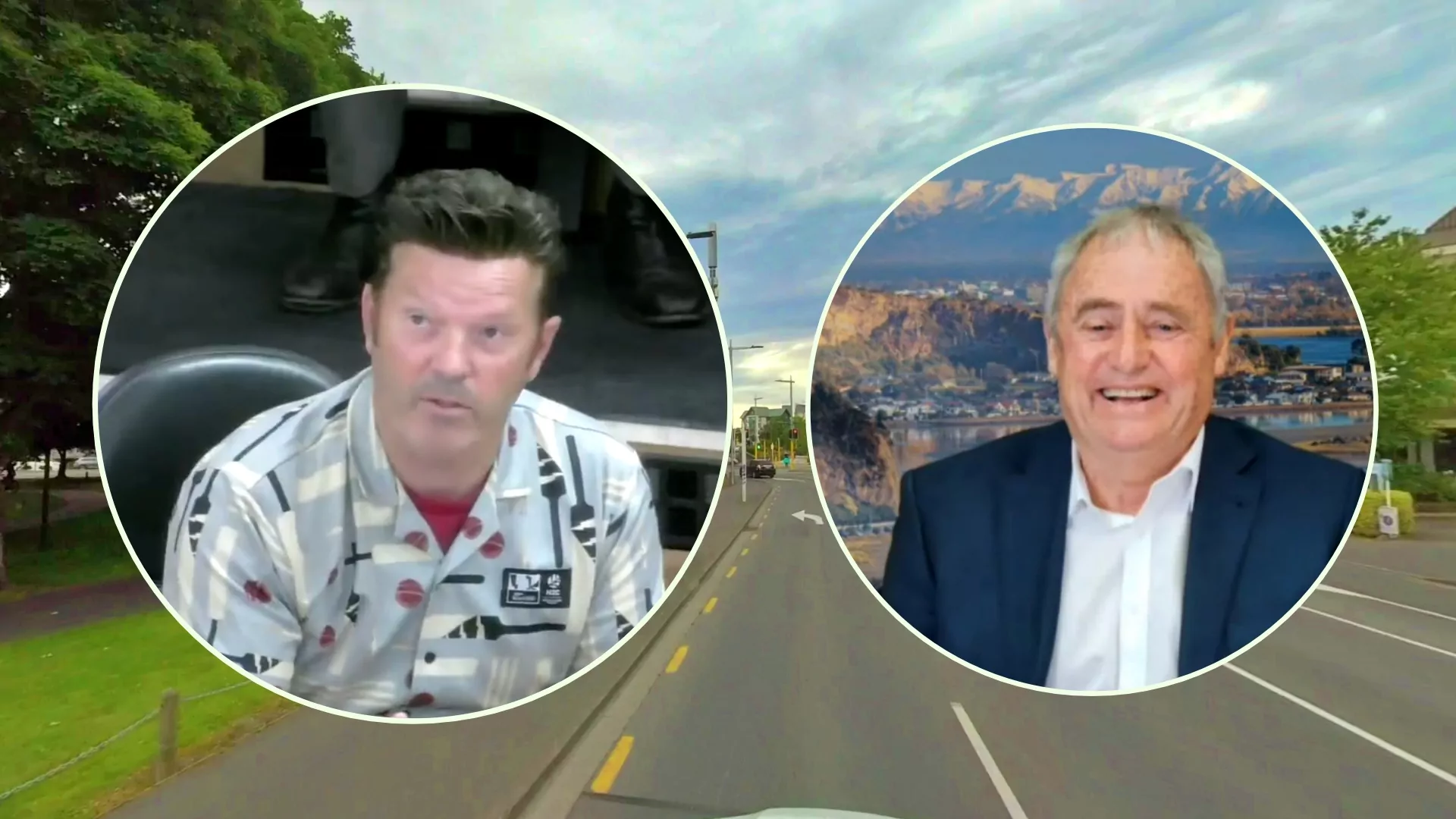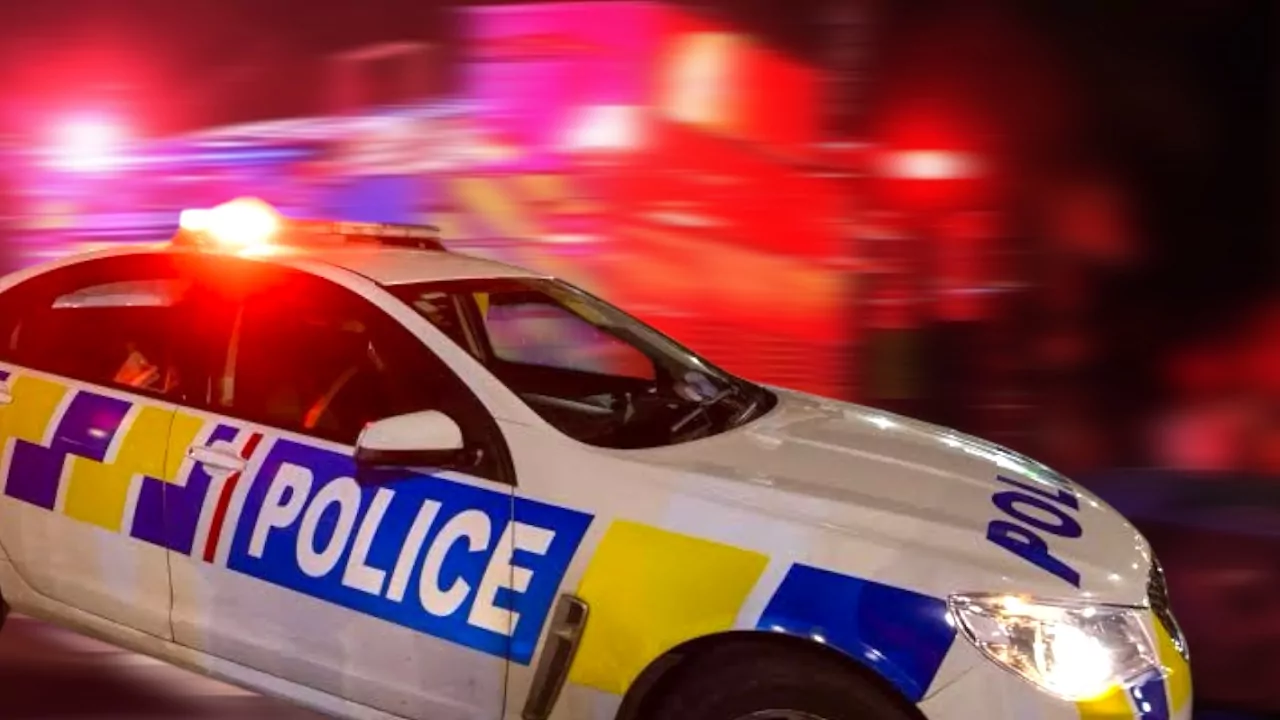WATCH: NASA Live
The first NASA mission to fly by a total of eight ancient asteroids is ready for launch.
Weather conditions are looking good on the morning of October 16, when the Lucy mission is set to leave Cape Canaveral Space Force Station at 5:34 a.m. ET.
If it doesn’t launch at that time, the window for liftoff remains open for 75 minutes.
Lucy will embark on a 12-year mission to explore Jupiter’s Trojan asteroid swarms, which have never been observed.
The Trojan asteroids, which borrow their name from Greek mythology, orbit the sun in two swarms — one that’s ahead of Jupiter, the largest planet in our solar system, and a second one that lags behind it.
Named after characters in Greek mythology, these asteroids circle the Sun in two swarms, with one group leading ahead of Jupiter in its path, the other trailing behind it. Lucy will be the first spacecraft to visit these asteroids. By studying these asteroids up close, scientists hope to hone their theories on how our solar system’s planets formed 4.5 billion years ago and why they ended up in their current configuration.
“With Lucy, we’re going to eight never-before-seen asteroids in 12 years with a single spacecraft,” said Tom Statler, Lucy project scientist at NASA Headquarters in Washington. “This is a fantastic opportunity for discovery as we probe into our solar system’s distant past.”
A United Launch Alliance Atlas V rocket with the Lucy spacecraft aboard is seen at Space Launch Complex 41, Thursday, Oct. 14, 2021, at Cape Canaveral Space Force Station in Florida. Lucy will be the first spacecraft to study Jupiter’s Trojan Asteroids. Like the mission’s namesake – the fossilized human ancestor, “Lucy,” whose skeleton provided unique insight into humanity’s evolution – Lucy will revolutionize our knowledge of planetary origins and the formation of the solar system. Photo Credit: NASA/Bill Ingalls
Following all pandemic protocols, Lucy team members have spent the past eight weeks at NASA’s Kennedy Space Center in Florida, preparing the spacecraft for flight. Engineers have tested the spacecraft’s mechanical, electrical, and thermal systems and practiced executing the launch sequence from the mission operations centers at Kennedy and Lockheed Martin Space in Littleton, Colorado. In early August, engineers installed the spacecraft’s high-gain antenna, its second most prominent feature after the expansive solar arrays, which will allow the spacecraft to communicate with Earth.
“There has been a lot of hands-on work,” said Donya Douglas-Bradshaw, Lucy project manager at NASA’s Goddard Space Flight Center in Greenbelt, Maryland. “This summer has gone by so fast; it’s hard to believe we’re nearly at launch.”
